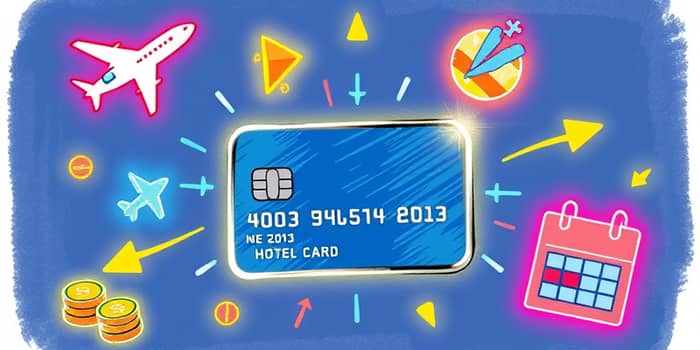
Every credit card reward you earn represents effort, strategy and opportunity. It can be disheartening to lose points simply because of an expiration date. With millions of consumers relying on loyalty programs, understanding how to preserve your hard-earned rewards is essential to unlock maximum value and avoid disappointment.
From airline miles that can whisk you to distant continents, to hotel points that grant luxury stays, each benefit carries potential rewards worth hundreds or thousands of dollars. Yet, expiration policies threaten to erase that value if left unmanaged. By adopting deliberate habits and informed tactics, you can transform the expiration game from a looming threat into a controlled process under your control.
At the core, many credit card rewards—points, miles and cash back—won’t expire as long as your account remains active. Major issuers like Chase and American Express design their programs to reward ongoing engagement, rather than penalize loyal customers. However, hotel and airline loyalty programs often enforce stricter rules, typically expiring points after 12–36 months of inactivity.
Key time frames to remember include:
An account closure—whether voluntary, due to inactivity or because of missed payments—almost always leads to forfeiture of unused rewards. Some programs impose end-of-year deadlines for certificates and credits, so mark your calendar to avoid unexpected losses.
Understanding why your points vanish is the first step to protecting them. Programs impose expiration to encourage more transactions and keep liability manageable. Common triggers include:
Another factor is devaluation: reward charts can shift, requiring more points for the same redemptions. While devaluation doesn’t erase points, it diminishes their purchasing power, so using points when they hold the greatest relative value is wise.
Protecting your rewards requires consistent, simple actions that trigger account activity. By building these habits, you ensure your points remain valid for as long as you need them.
Each strategy centers on creating consistent engagement with your cards, preventing inactivity from ever becoming a concern.
Beyond the core strategies, these actionable tips help streamline your approach and ensure no rewards slip through the cracks.
Not all points and miles behave the same. Some programs guarantee that open accounts carry never-expiring points—examples include Hyatt and Chase Ultimate Rewards cards. Conversely, switching to a different product or canceling a co-branded card generally results in immediate forfeiture of the associated rewards.
Additionally, legislative or policy shifts could reshape expiration rules. For instance, consumer protection regulations in certain jurisdictions may limit abrupt expiration policies or mandate clearer disclosures. Stay aware of broader financial news to anticipate changes.
Expiring credit card rewards need not be an inevitable loss. By adopting automate simple recurring charges and small periodic purchases, you can create a perpetual cycle of activity that keeps your points alive indefinitely. Combining this with program-specific knowledge, proactive redemption and elite status benefits, you safeguard your rewards against expiration.
Remember to track your balances, set clear reminders and engage with customer service when needed. With these guidelines, you’ll confidently navigate the complex world of loyalty programs, ensuring you truly enjoy every benefit you earn.
References













